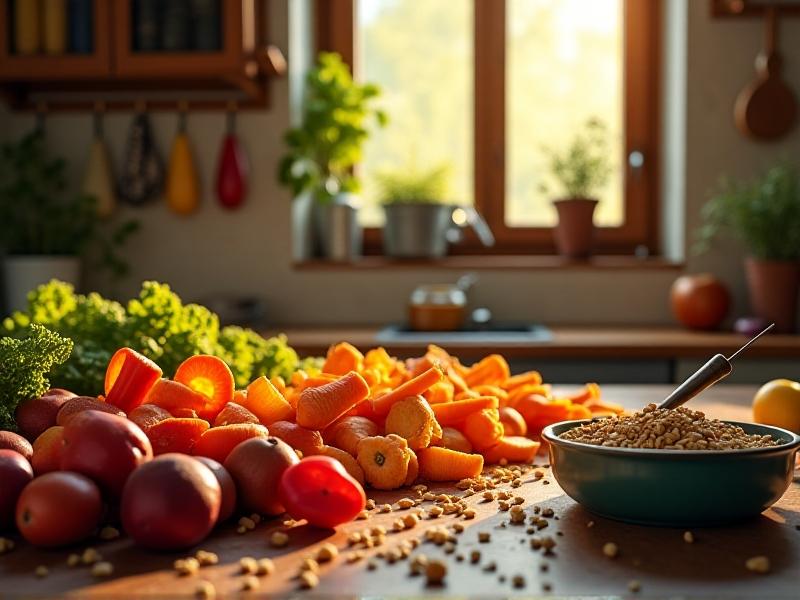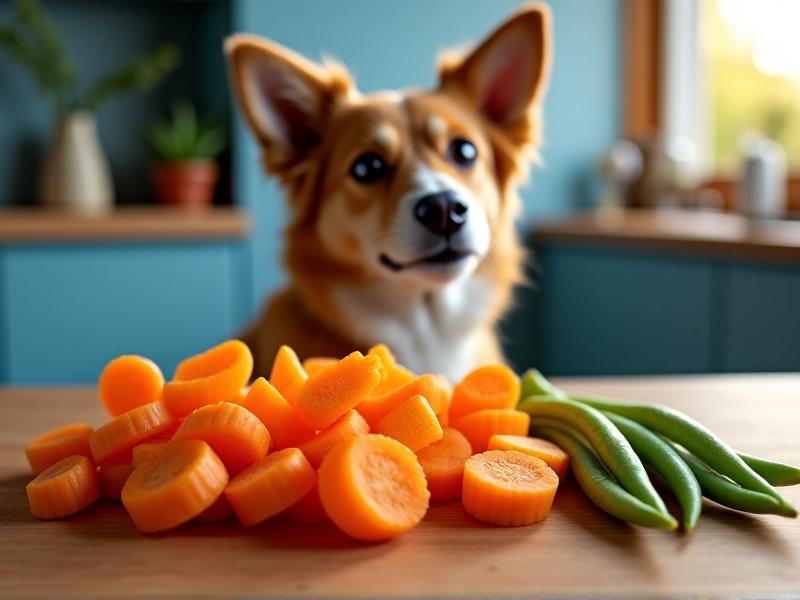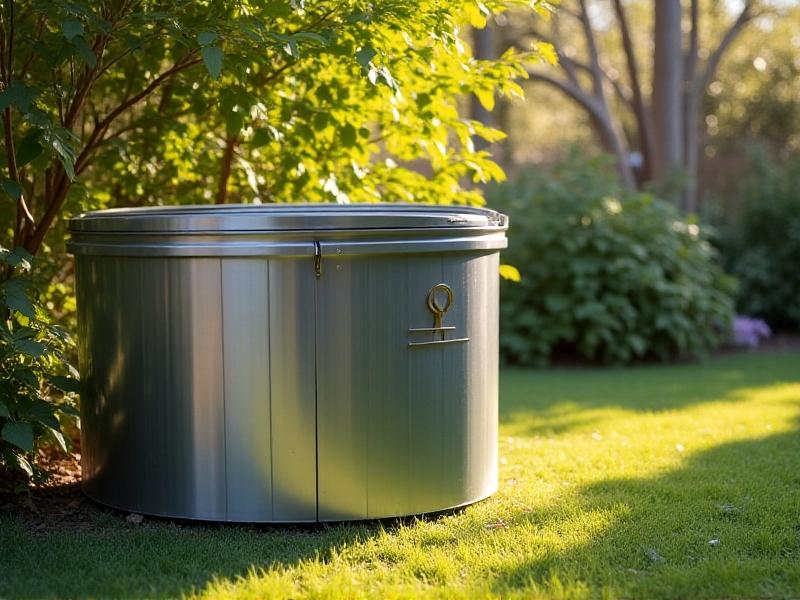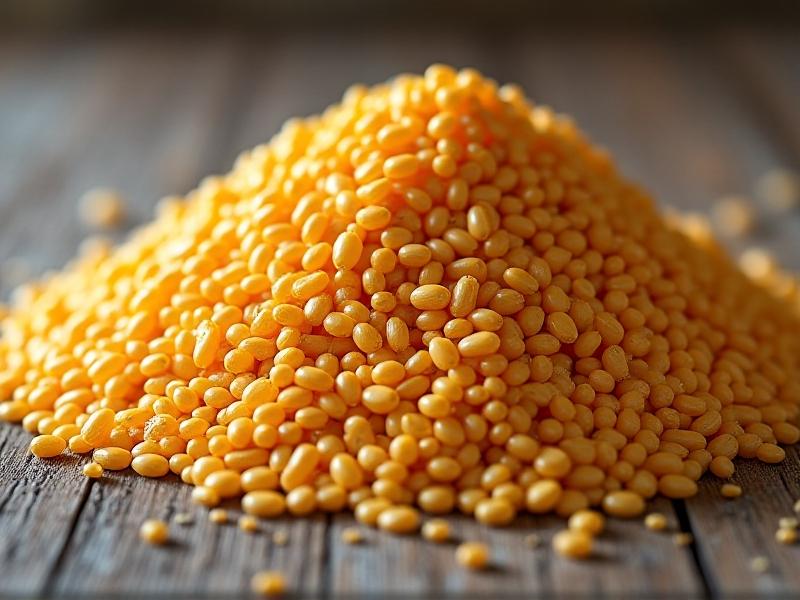Reducing Food Waste: Repurposing Kitchen Scraps for Dog Meals
The Problem of Food Waste and the Potential of Kitchen Scraps
Food waste is a global issue that impacts the environment, economy, and society. According to the United Nations, approximately one-third of all food produced for human consumption is wasted annually. This waste contributes to greenhouse gas emissions, depletes natural resources, and exacerbates food insecurity. While much of this waste occurs at the consumer level, there are creative ways to reduce it—starting in our own kitchens. One such solution is repurposing kitchen scraps into nutritious meals for our pets, particularly dogs. Not only does this practice help reduce waste, but it also provides a cost-effective and sustainable way to feed our furry friends.
Kitchen scraps often include vegetable peels, meat trimmings, and leftover grains—items that are typically discarded but can be transformed into wholesome dog meals. By understanding which scraps are safe and beneficial for dogs, pet owners can take a significant step toward minimizing their household waste while ensuring their pets receive a balanced diet. This approach aligns with the principles of sustainability and resourcefulness, making it a win-win for both the planet and our pets.

Understanding Safe and Nutritious Scraps for Dogs
Not all kitchen scraps are suitable for dogs, and it’s essential to know which ones are safe and nutritious. Dogs can benefit from a variety of fruits, vegetables, and proteins, but certain foods should be avoided to prevent health issues. For example, carrots, sweet potatoes, and green beans are excellent sources of vitamins and fiber, while cooked chicken, turkey, and beef trimmings provide essential proteins. However, foods like onions, garlic, grapes, and chocolate are toxic to dogs and must be excluded.
When preparing scraps for your dog, it’s crucial to avoid seasoning, especially salt, spices, and artificial additives, which can be harmful. Additionally, scraps should be cooked or prepared in a way that makes them easy for dogs to digest. By carefully selecting and preparing these items, pet owners can create meals that are both safe and beneficial for their dogs. This practice not only reduces food waste but also ensures that dogs receive a diverse and nutrient-rich diet.

Creative Recipes for Dog Meals Using Kitchen Scraps
Transforming kitchen scraps into dog meals can be both fun and rewarding. With a little creativity, pet owners can whip up delicious and nutritious recipes that their dogs will love. For instance, a simple stew can be made by combining cooked meat scraps, sweet potato chunks, and green beans, all simmered in low-sodium broth. Another option is a grain bowl, which mixes leftover rice or quinoa with finely chopped vegetables and a protein source like boiled chicken.
For pet owners who enjoy baking, homemade dog treats can be made using ingredients like pumpkin puree, oats, and peanut butter. These treats are not only a great way to use up scraps but also provide a healthier alternative to store-bought options. By experimenting with different combinations, pet owners can discover recipes that suit their dog’s preferences and dietary needs. This approach encourages resourcefulness while ensuring that dogs receive meals that are both tasty and nutritious.
The Environmental and Economic Benefits of Repurposing Scraps
Repurposing kitchen scraps for dog meals offers significant environmental and economic benefits. By reducing the amount of food waste that ends up in landfills, pet owners can help lower greenhouse gas emissions and conserve resources. This practice also reduces the demand for commercially produced pet food, which often involves energy-intensive manufacturing processes and packaging. Additionally, using scraps to feed dogs can lead to substantial cost savings, as it minimizes the need to purchase expensive pet food products.
On a larger scale, this approach contributes to a more sustainable food system by promoting the efficient use of resources. It encourages individuals to think critically about their consumption habits and find innovative ways to reduce waste. By adopting this practice, pet owners can play a meaningful role in addressing the global food waste crisis while reaping personal benefits. This dual impact makes repurposing scraps a practical and impactful solution for both the environment and household budgets.

Tips for Incorporating Scrap-Based Meals into Your Dog’s Diet
Introducing scrap-based meals into your dog’s diet requires careful planning and consideration. Start by gradually incorporating small amounts of scraps into their regular meals to avoid digestive issues. Monitor your dog’s reaction to new ingredients and adjust the recipes as needed. It’s also important to maintain a balanced diet by ensuring that scraps are supplemented with essential nutrients, such as calcium and omega-3 fatty acids, which may not be present in sufficient quantities in scraps alone.
Consulting with a veterinarian can provide valuable guidance on tailoring meals to your dog’s specific needs. Additionally, keeping a record of the scraps used and their nutritional content can help ensure that your dog receives a well-rounded diet. By taking these steps, pet owners can confidently integrate scrap-based meals into their dog’s routine, promoting both sustainability and their pet’s health. This thoughtful approach ensures that repurposing scraps is a safe and beneficial practice for dogs and their owners alike.







